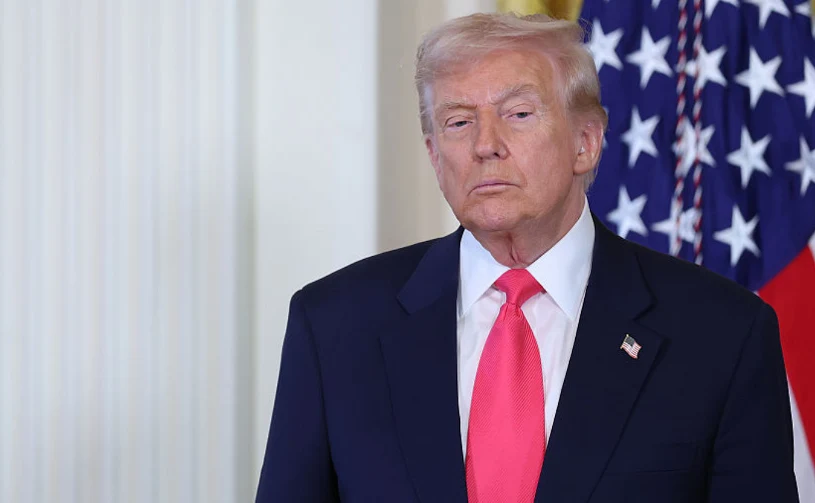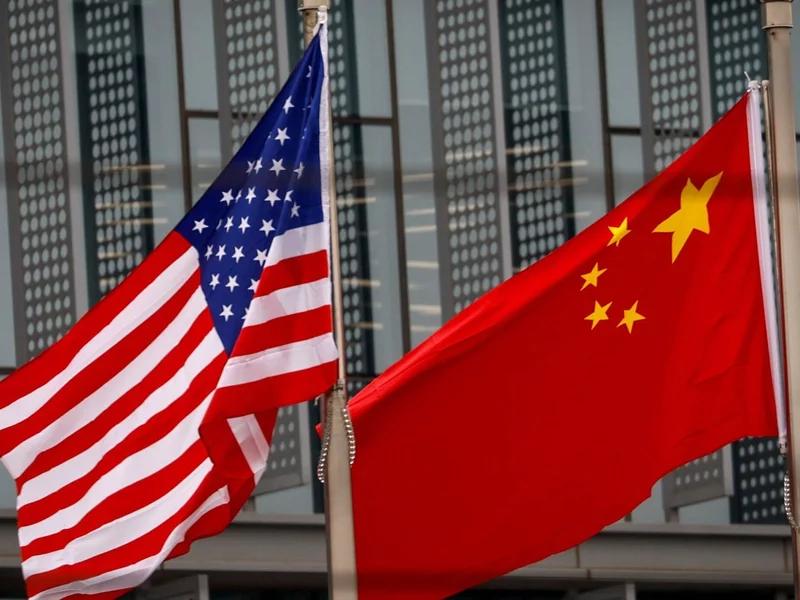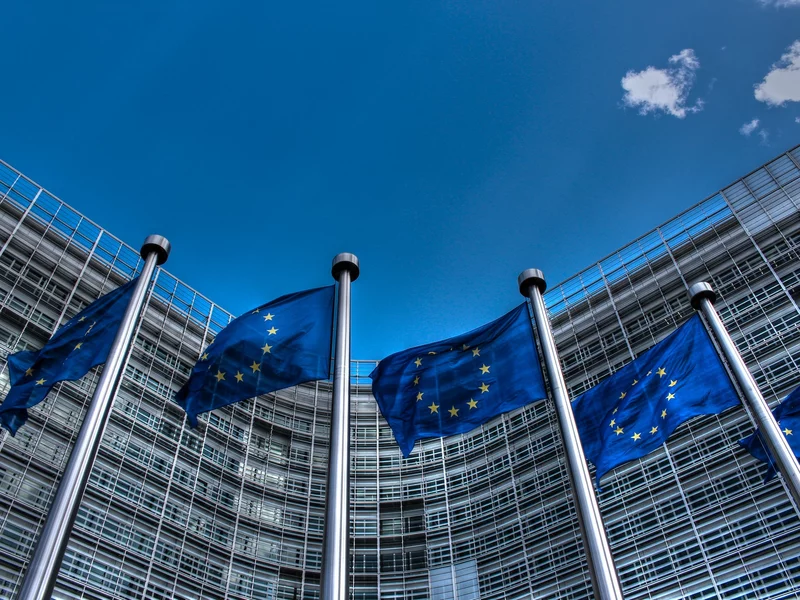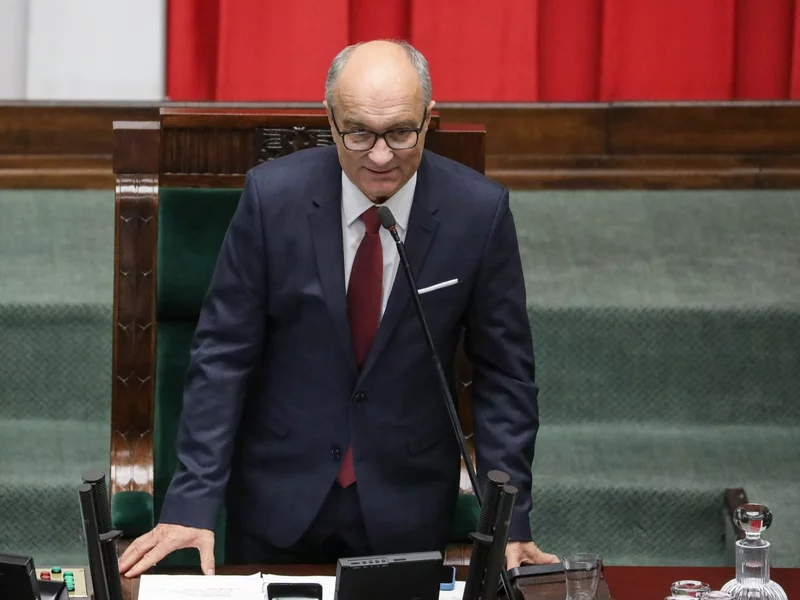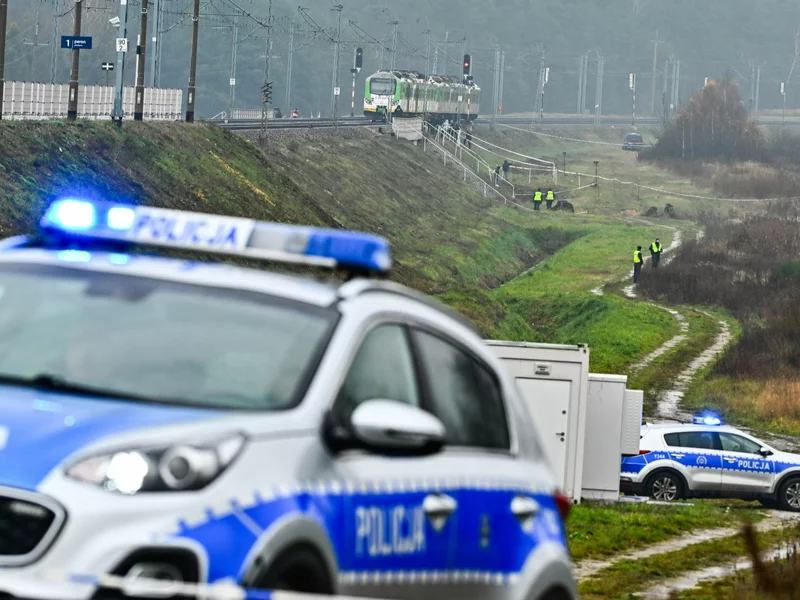
DALLAS- Southwest Airlines (WN) CEO Bob Jordan outlines strategic changes to boost profitability and customer satisfaction in an interview with IATA. From assigned seating to global partnerships, Southwest is evolving to meet modern traveler needs while maintaining its operational efficiency.
The airline, based at Dallas Love Field Airport (DAL), is adapting to industry challenges, including supply chain concerns and sustainability goals, with confidence in Boeing’s improvements and a focus on modernization.
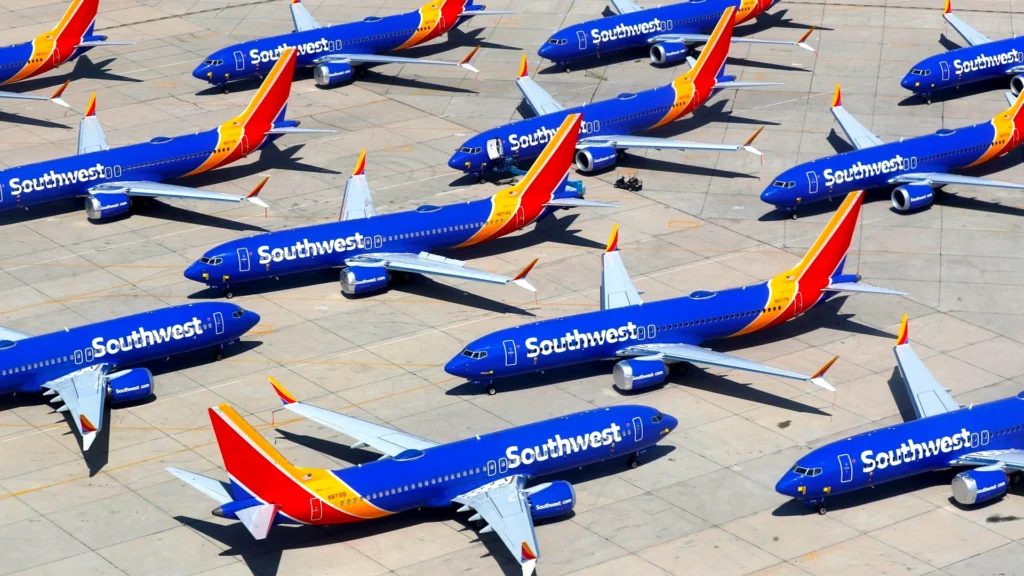 Photo: ur-1988 | Credits to Creator
Photo: ur-1988 | Credits to CreatorSouthwest Airlines CEO on Boeing
Southwest Airlines (WN) is undergoing a strategic transformation while holding firm to its core strengths.
A highly efficient domestic network, cost control, and exceptional employee-driven service. CEO Bob Jordan highlighted the airline’s financial pressure, especially in comparison to past industry-leading profitability.
To adapt, the airline is exploring additional revenue sources long embraced by competitors, such as baggage fees and seating options.
A major strategic shift is the introduction of assigned seating, marking a significant change for the carrier traditionally known for open seating.
This move, according to Jordan, aligns with modern passenger expectations. The airline aims to offer more personalized services and travel experiences, acknowledging that passengers fly for diverse reasons and increasingly expect flexibility and options.
Southwest’s new phase includes expanded international connectivity.
Through a partnership with Icelandair, customers can book transatlantic journeys with seamless links between Southwest’s US cities, Baltimore (BWI), Denver (DEN), and Nashville (BNA), and Icelandair’s European destinations.
More expansion is anticipated as the airline seeks to build a more globally connected route structure.
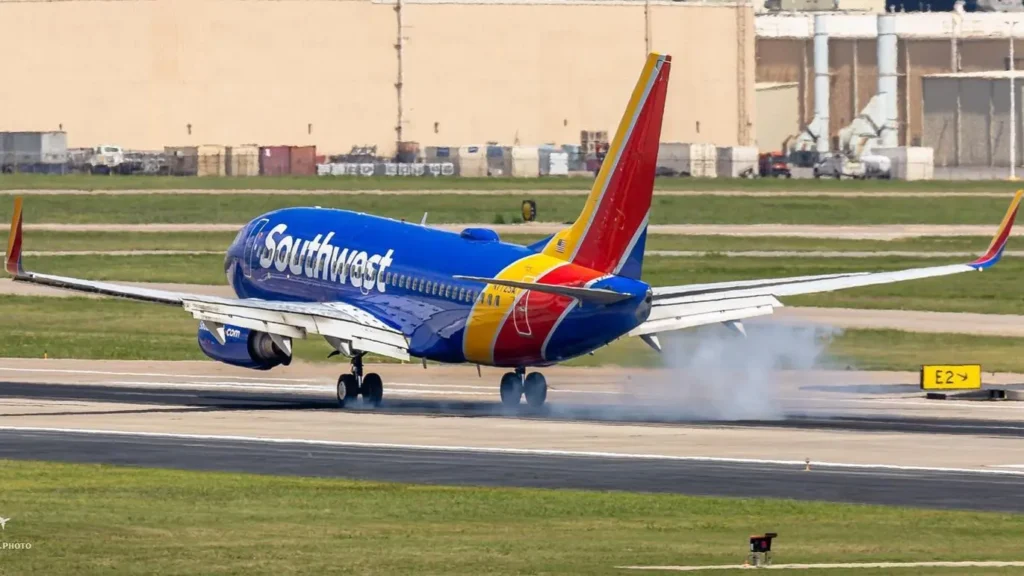 Photo: Cado Photo
Photo: Cado PhotoConfidence in Boeing
Despite Southwest’s fleet being entirely made up of Boeing 737 aircraft, Jordan dismissed concerns about supplier risk.
Instead, he expressed confidence in Boeing’s recent progress, noting visible factory improvements and stronger leadership floor relations.
While acknowledging past supply chain issues, Jordan believes Boeing is now on a more stable path and will fulfill Southwest’s upcoming aircraft orders.
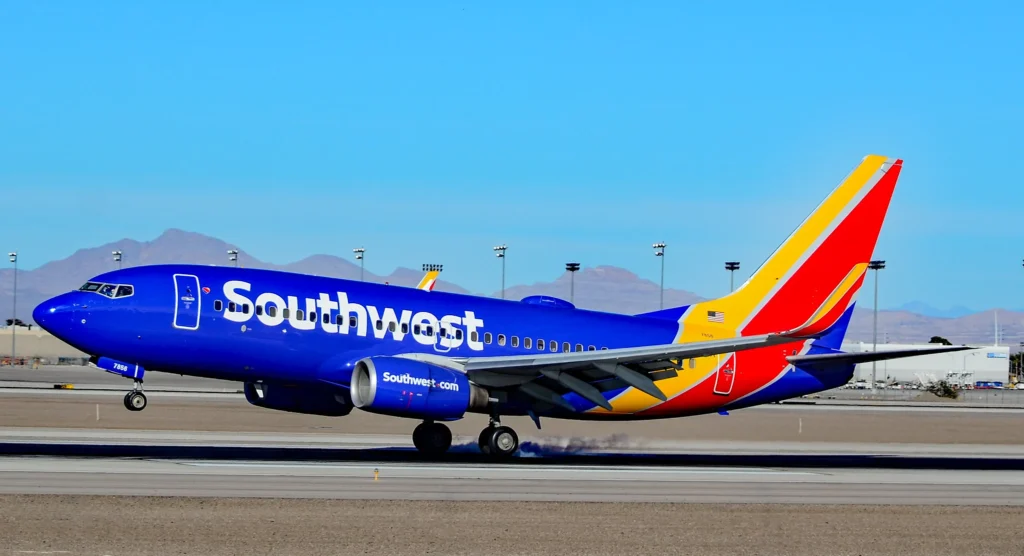 Photo: TOMAS DEL CORO | Flickr
Photo: TOMAS DEL CORO | FlickrCommitment to Modernization
Jordan welcomed federal plans to modernize US airspace infrastructure, describing current systems as outdated and restrictive.
He emphasized that no industry can scale efficiently using decades-old technology.
Encouragingly, the current administration’s prioritization of airspace reform, with committed funding and leadership, is seen as a pivotal step forward.
Regulatory collaboration is another area of focus. While consumer protection remains paramount, Jordan advocates for balanced regulations that benefit both travelers and businesses.
Constructive engagement between the Department of Transportation and airlines can, he says, lead to improved outcomes for all stakeholders.
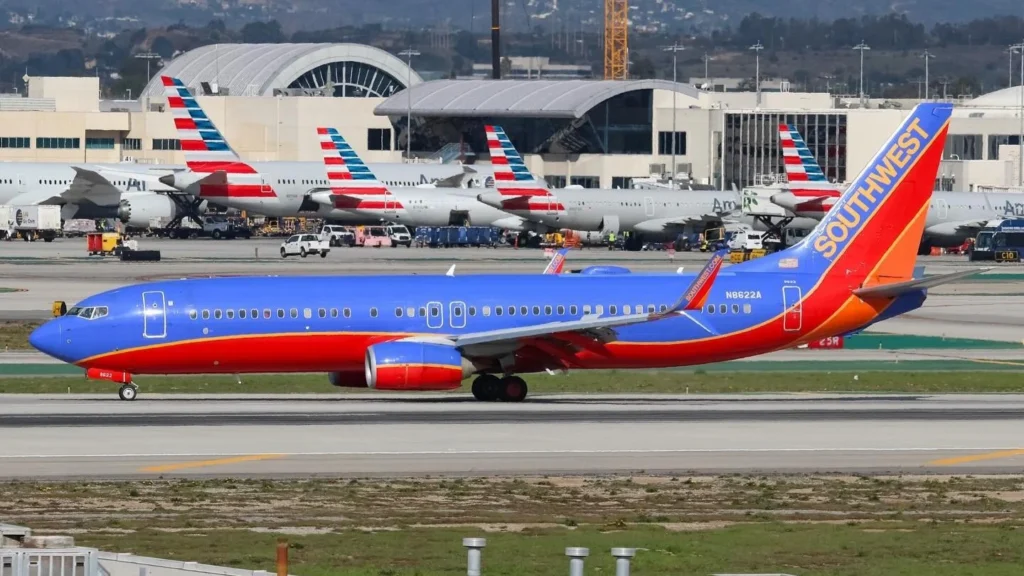 Photo: JFK Spotting
Photo: JFK SpottingOperational Efficiency
Southwest is doubling down on sustainability, with a clear strategy to integrate more Sustainable Aviation Fuel (SAF).
The airline backs government subsidies to scale SAF production, noting its current cost, three times that of conventional fuel, as the main barrier.
Airlines are eager to adopt SAF, but producers need long-term assurance to commit capital for development.
Beyond SAF, Southwest’s move to a full Boeing 737 MAX fleet is central to its emissions reduction strategy.
These newer aircraft offer major gains in fuel efficiency. Complementing the fleet upgrade are AI-driven innovations to optimize ground routing, gate assignments, and aircraft turnaround time, drastically improving operational efficiency and reducing carbon output.
 Photo: Southwest Airlines
Photo: Southwest AirlinesIndustry Opportunities
Southwest is adapting to new retailing models such as Offers and Orders, which focus on what customers actually want to buy rather than outdated sales processes.
This shift allows the airline to meet passenger expectations with greater clarity and flexibility.
On the broader industry front, Jordan sees both challenges and opportunities, from supply chain issues to economic headwinds.
Yet, he remains optimistic, citing the aviation sector’s proven resilience. Southwest, in particular, is targeting $1 billion in cost savings as part of a long-term efficiency drive, positioning itself to thrive regardless of external pressures.
Stay tuned with us. Further, follow us on social media for the latest updates.
Join us on Telegram Group for the Latest Aviation Updates. Subsequently, follow us on Google News
Southwest Airlines to Install New Seats on 800 Aircraft in 8 Months
The post Southwest Airlines CEO Says Boeing is Making Real Improvement appeared first on Aviation A2Z.

 5 miesięcy temu
5 miesięcy temu

